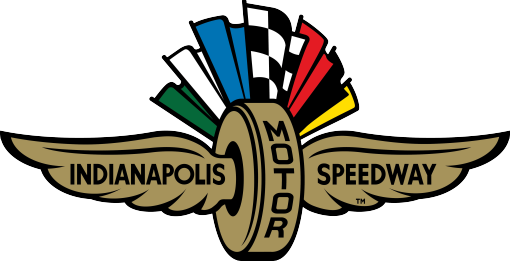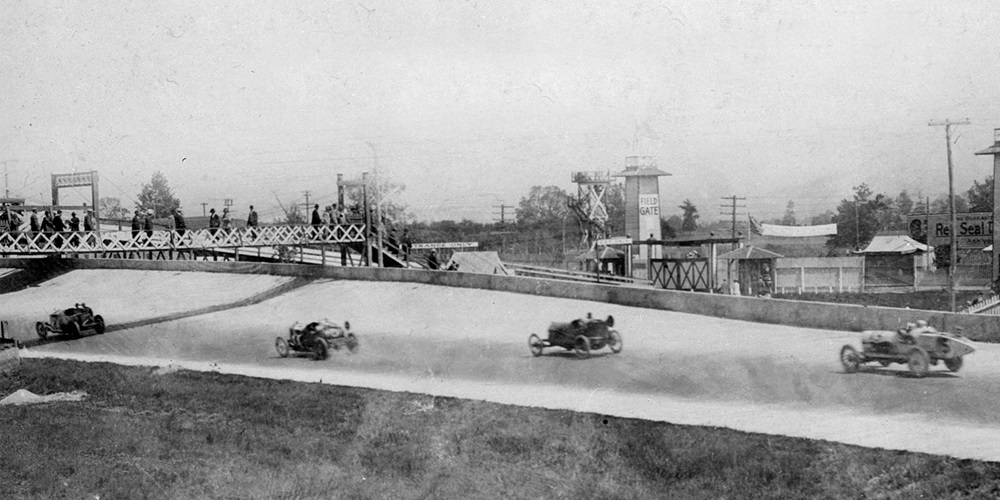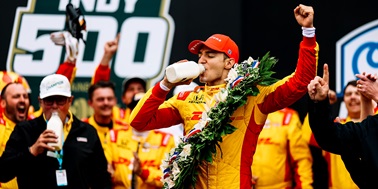The oddest event ever staged at the Indianapolis Motor Speedway in its 111-year history was something called a “hazard race” organized with the Overland Motor Company in May 1910. Overland was an Indianapolis automobile manufacturer eager to show the handling and durability of its products in difficult situations.
Officials charted a course that took the cars on and off The Brickyard and presented man-made obstacles in the form of ramps called “plank mountains” by promoters. These were four 15-foot mobile wooden ramps that drivers were required to scale. The ramps were stationed in front of the grandstand and at bleachers at the south end of the track.
With promotional flair, the drivers were called “motor rough riders” and “motor cowboys.” Like the other racers, they practiced on their course in the days leading up to the Memorial Day Weekend race meet. The ramps were completed by May 24, and on May 25, the six Overland test drivers selected for the contest took part in trying out the wood structures.
These trial runs demonstrated the flywheels of the cars scraped on the peaks of the ramps and carpenters set to work remedying the problem. With the issues ironed out, the unique entertainment event was good to go.
There was one other hang-up. The original plan called for the hazard races to kick off each day’s card of events, but the logistics of moving the giant ramps on and off the course proved time-consuming. Ernie Moross, director of contests at the Speedway, re-wrote the schedules to stage only one hazard race on the morning of the meet’s second day, May 28.
The six Overland competitors started their cars behind the grandstands and entered the track from the north end of the homestretch. From there they raced their cars to the first of two ramps. Up and down they went and then further down the stretch to a sign that pointed them into the ditch near the southwest turn. They splashed through the creek and then returned to the bricks, leaving wet tire marks behind.
Next up were the second set of ramps and then it was a return to the ditch and an excursion through the infield to re-enter the track on the backstretch. The drivers then raced around the Speedway to the judges’ stand in front of start-finish.
None of the drivers were stars of auto racing and the newspapers only reported their last names. The winner was a man named Myers with a time of three minutes, 28 seconds. Despite the crowd’s enthusiasm for what was more of a thrill show than a race, such a contest was never repeated.
Race Starter and sometimes New York Times columnist Fred Wagner, who became the first starter of the Indianapolis 500 a year later said, “In all of my experience around races from coast to coast I have never witnessed such a perfect exhibition of a car’s possibilities.”




